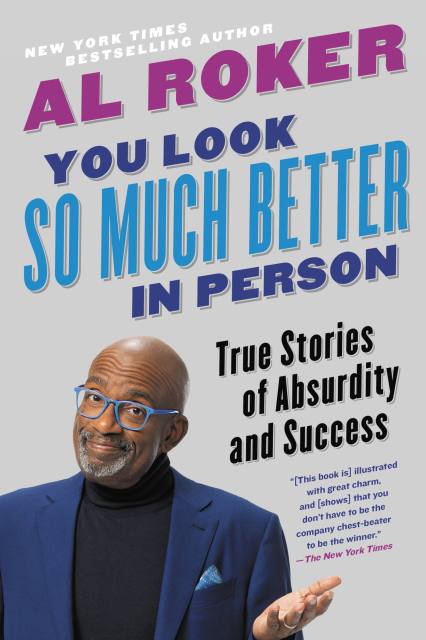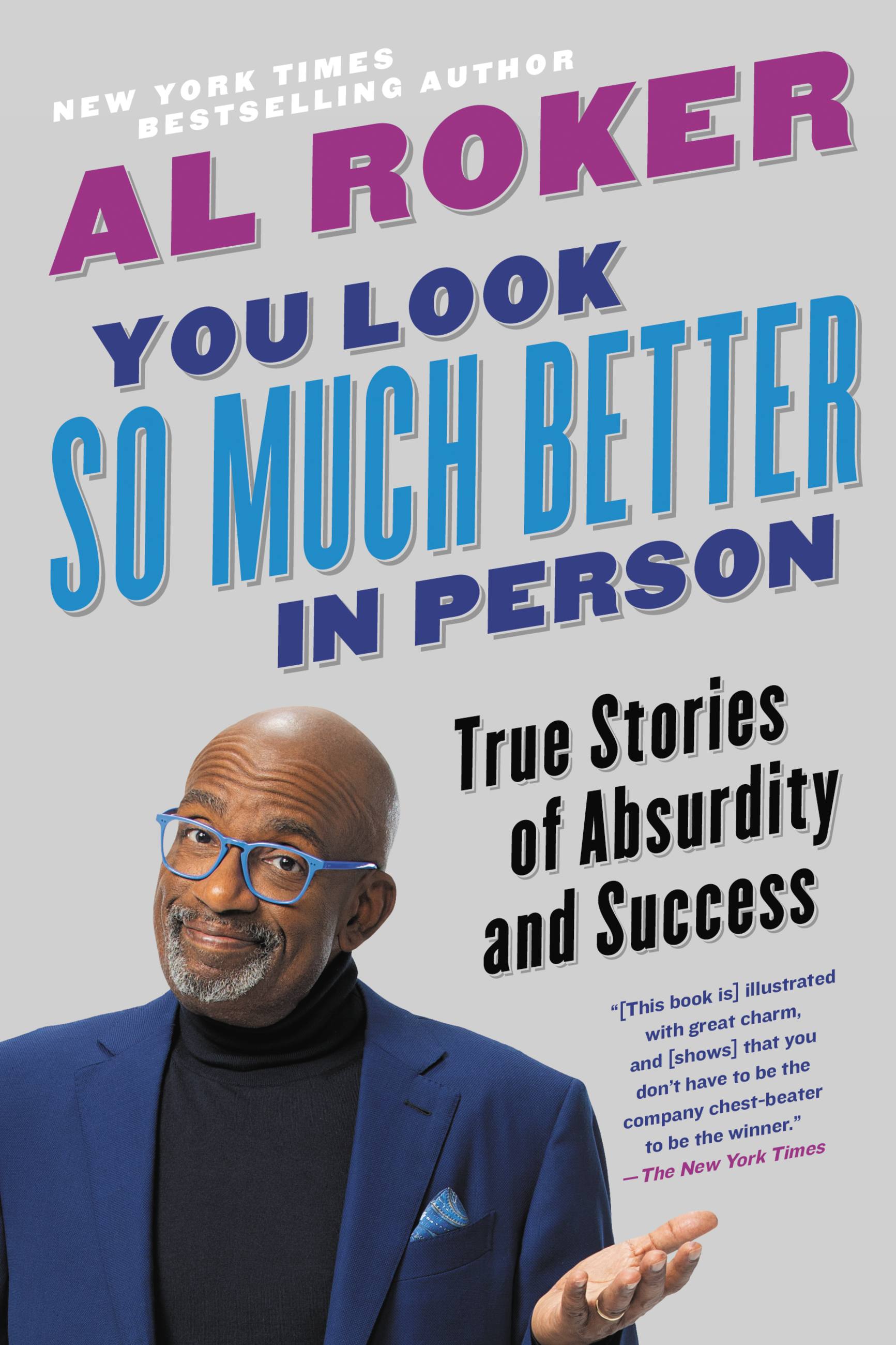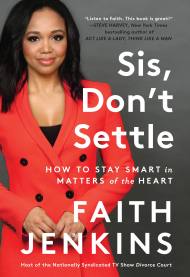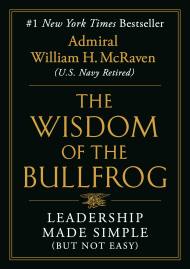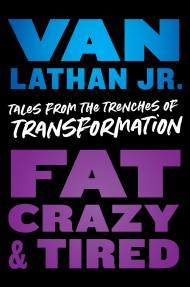Promotion
Use code MOM24 for 20% off site wide + free shipping over $45
You Look So Much Better in Person
True Stories of Absurdity and Success
Contributors
By Al Roker
Formats and Prices
Price
$11.99Price
$15.99 CADFormat
Format:
- ebook $11.99 $15.99 CAD
- Hardcover $28.00 $35.00 CAD
- Audiobook Download (Unabridged) $18.99
- Trade Paperback $16.99 $22.99 CAD
This item is a preorder. Your payment method will be charged immediately, and the product is expected to ship on or around July 28, 2020. This date is subject to change due to shipping delays beyond our control.
Also available from:
These days, the road to success can feel jampacked with scheduling, networking, nonstop hustle, and flat-out absurdity. And no one knows that better than Al Roker—beloved cohost of The Today Show, weatherperson extraordinaire, and the man we all secretly wish we could turn to for wisdom and wisecracks in our everyday lives. From his college days as a polyester suit-clad weather forecaster in Syracuse to battling and buttering up the "Butter Man" during the legendary Macy's Thanksgiving Day Parade, Al has learned worthwhile lessons over a long, successful career. And now, for the first time, Al is ready to unleash savvy advice on how to embrace happiness and the power of saying "yes," alongside a host of humorous tips and tricks about how to succeed in life.
In You Look So Much Better in Person, Al teaches us how we can weather the storm of life, no matter how torrential the downpour, and shares anecdotes from his own treasure trove of memories in the spotlight. And it hasn't always been easy—believe it or not, even Al has been yelled at by his boss, suffered an emotional breakdown at work, and been told he'd be better suited in another position. Within these pages, he looks back on his own career and shares valuable "Altruisms" that can be applied to our own endeavors, such as how to:
- Navigate the special hell that is socializing
- Craft the perfect comeback line during a confrontation—and know when to use it
- Get up early and actually make the most of your time
- Cry at work without freaking people out
- And much, much more!
Genre:
-
*Amazon, "Best Biographies & Memoirs of the Month" (July 2020)*
USA TODAY, "Five Books Not to Miss!"
AARP, "Inspirational New Books"
Gretchen Rubin, "What I Read This Month: August 2020"
-
"Sharing a host of lively anecdotes, Roker reflects on what he's learned from his undeniably successful career. [...] Ebullient revelations of a contented life."Kirkus
-
"This sunny, pleasant book is perfect for Roker fans or anyone in need of a quick pick me up."Publisher's Weekly
-
"An easy recommendation."Booklist
-
"[This book is] illustrated with great charm, and [shows] that you don't have to be the company chest-beater to be the winner."The New York Times
-
"Full of amusing stories."AARP
-
"A charming memoir that will inspire readers."The Chicago Sun Times
-
"[Roker] talks straight up success..."The Washington Informer
-
"I love aphorisms, so I loved the organization of this book by 'ALtruisms'-lessons for career and life that Al Roker has learned along the way. So many great insights."Gretchen Rubin, author of THE HAPPINESS PROJECT
- On Sale
- Jul 28, 2020
- Page Count
- 224 pages
- Publisher
- Legacy Lit
- ISBN-13
- 9780316426787
Newsletter Signup
By clicking ‘Sign Up,’ I acknowledge that I have read and agree to Hachette Book Group’s Privacy Policy and Terms of Use
